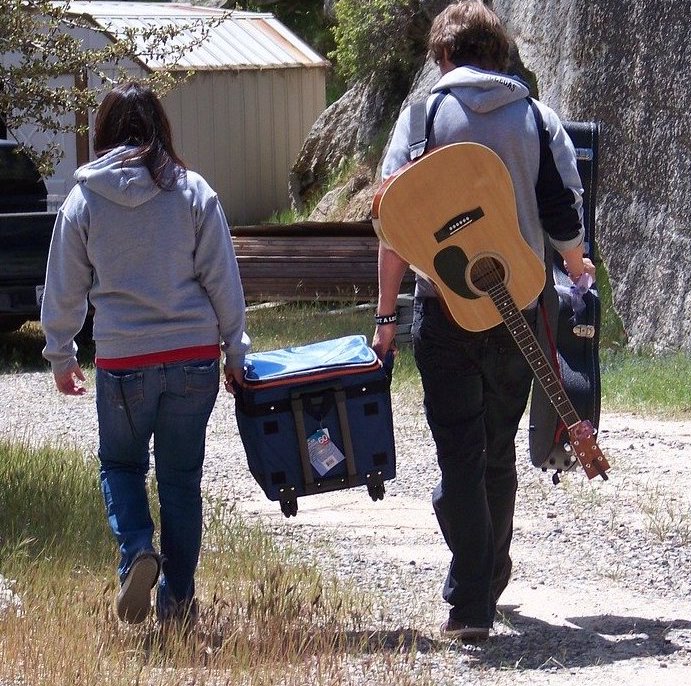Rescuing food from the dead refrigerator sent me into a reverie. At age 19, I went to live in Italy where I encountered startling attitudes about appliances. The first surprise was the hole-in-the -ground Turkish toilet common in cafes, accompanied by a nail in the wall holding pages from Paperino and Topolino (Donald Duck and Mickey Mouse) for toilet paper. The surprise element was that when you pulled a chain, flushing water quickly soaked your feet if your reflexes were too slow.
And I grew used to seeing mini-fridges. Back then, troops of housewives marched to the market every morning, each with a menu in mind and an itinerary, braced to compete for the best selections at each vendor. Since this exercise was repeated every day, there was little need to store provisions or leftovers. Scant leftovers from midday pranzo would sit on the counter until evening. Eggs and dairy stayed there forever.
People’s gut biomes probably grew hardy this way.
This was good practice for when I later lived off-grid for a year or so. In the woods, we had a cooler and every few days would hitch to the store for a bag of ice for storing perishables that wouldn’t survive 115-degree temps or nighttime raids from feral cats, bears or whatever else found its way.
I still don’t keep much in the fridge and I’ve always thought, a broken fridge? Piece of cake — for a while, at least. We managed to find one that fits the designated space and are happy to know that, despite Covid complications, it should be delivered before Thanksgiving.
Or not.


